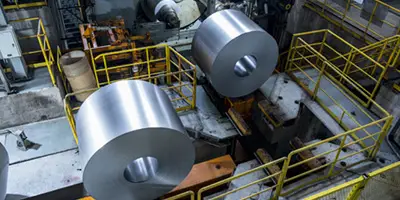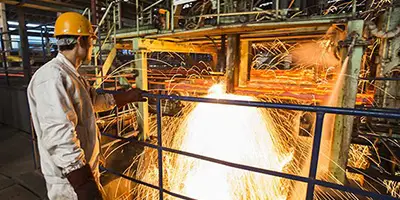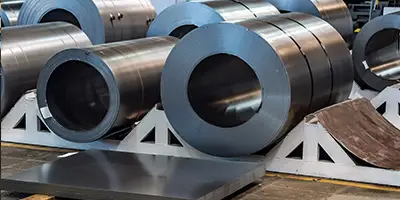The thread cutting process in Pup Joints is critical for ensuring reliable connections in piping and drilling assemblies. Pup Joints are widely used in the oil and gas industry to adjust pipe lengths and optimize tool depths in wells. This article explains the process, techniques, and applicable standards, while highlighting best practices and inspection procedures.
What Are Pup Joints?
Pup Joints are short pipe segments threaded at both ends. They serve multiple purposes:
Adjusting the total length of the pipe string.
Facilitating the installation of tools in deep wells.
Enhancing flexibility and modularity in piping systems.
Common materials: carbon steel, alloy steel, stainless steel.
Types of Pup Joints and Their Applications
|
Pup Joint Type
|
Typical Length
|
Material
|
Main Use
|
|
Standard
|
0.5 – 3 m
|
Carbon Steel
|
Pipe length adjustment
|
|
High Strength
|
1 – 2 m
|
Alloy Steel
|
High-pressure wells
|
|
Corrosion Resistant
|
0.5 – 2 m
|
Stainless Steel
|
Wells with corrosive fluids
|
Thread Cutting Process in Pup Joints
Proper thread cutting ensures secure and leak-proof connections. The process generally includes the following steps:
1. Pup Joint Selection
Measure the outer and inner diameter accurately.
Verify the material grade according to API 5CT standards.
2. End Preparation
Clean the metal surface thoroughly.
Chamfer or round the edges to prevent thread deformation.
3. Thread Cutting
Use precision thread-cutting machines or CNC threading tools.
Threads can be tapered (API) or parallel, depending on application.
Apply industrial lubricants to reduce friction and tool wear.
Control speed and feed carefully to ensure uniform thread depth.
4. Thread Inspection
Measure thread profile and depth using gauges or templates.
Check compatibility with standard couplings and fittings.
Ensure there are no burrs or misaligned threads that may cause leaks.
5. Final Treatment
Apply anti-corrosion coatings if necessary.
Label and package Pup Joints according to safety and traceability standards.
Video suggestion: CNC thread-cutting demonstration on an alloy steel Pup Joint.
What is an internal thread?
The thread that flows inside a fastener (such as a nut) is called an internal thread. Internal threading is done using a specific single-lip threading tool. In contrast, some internal threads are cut with a conventional tool called a thread tap. Internal threads accept screws and lock them into the workpiece.
For internal threading, a tool with an appropriate nominal size is selected, and the hole diameter is fixed to create the thread according to the end-use application.
When manufacturing these threads using CNC machining, the actual thread must be removed from the CAD drawing, leaving only the large-diameter outline. The tapping diameter is calculated using a given formula:
Core hole diameter = Tap diameter - Pitch or Tap diameter = Core hole diameter + Thread pitch.
The center is found and a hole is drilled according to the previously calculated core hole diameter. Then, the edge of the hole is tapped with a tapping tool and chamfered with a 90-degree countersunk hole. Now rotate into the core hole to create a continuous thread.
What is an external thread?
A thread bends along the outside of the fastener's axis, such as a bolt. A lathe is a very efficient and widely used machine for machining external threads on a workpiece. External thread profiles can be machined on any turnable cylindrical rod. You can select the cutting tool based on the desired thread depth.External thread cutting begins with a thread die (round die) and is clamped onto the lathe. The edges must first be filed flat and chamfered at 45 degrees. Now, contact the workpiece edge with the cutting tool and rotate the workpiece along its length to form a continuous thread.






 English
English Español
Español بالعربية
بالعربية










 Phone :
Phone :  Whatsapp :
Whatsapp :  Email :
Email : 


